Ingredient Deep Dive: Should You Be Eating That?
By Sammi Brondo — July 30, 2024
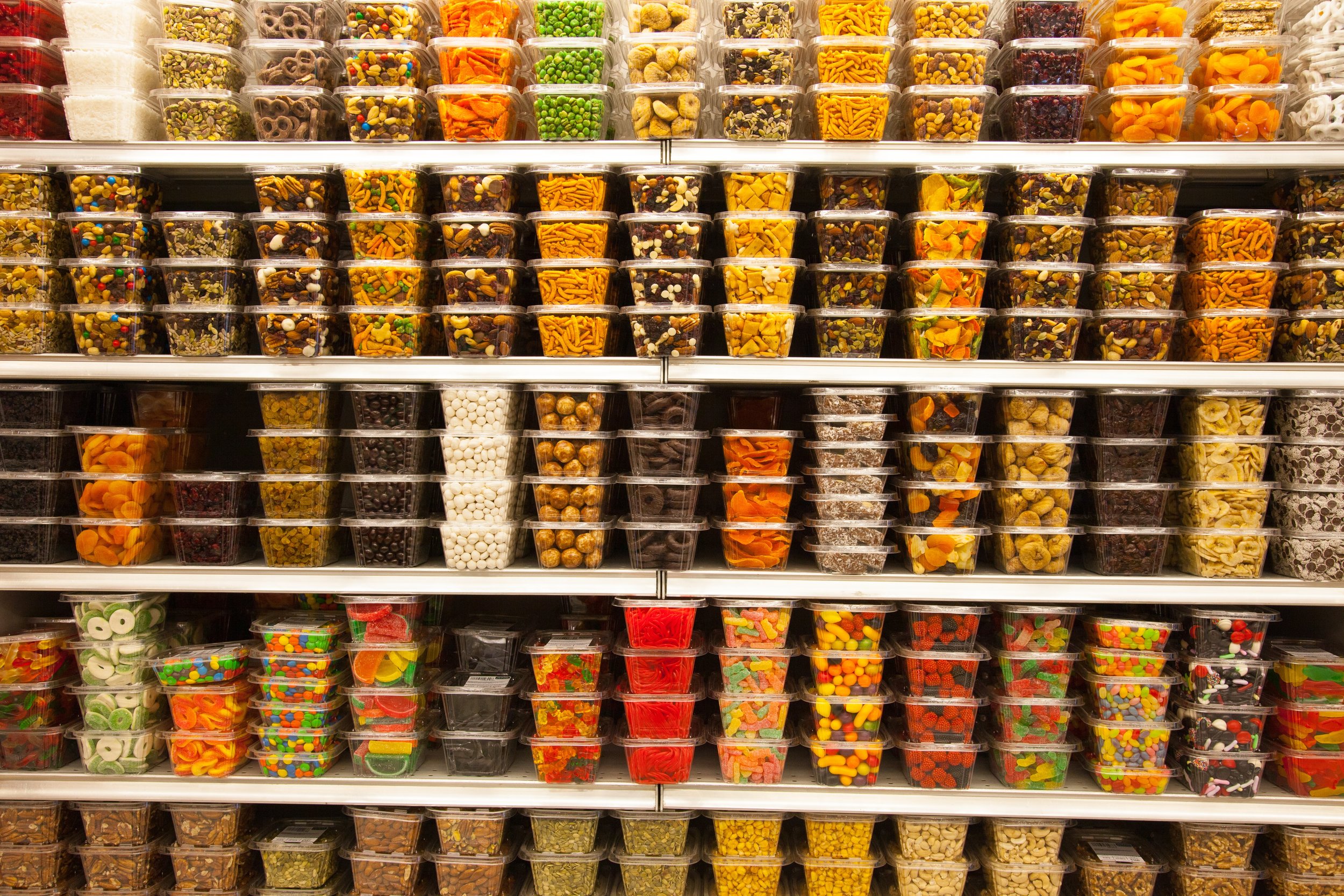
Huge Instagram trend lately: showing ingredient lists on products and nixing the lists that look way too long. If an almond milk has only almonds and water, go for it! But if it has more than 5 ingredients, skip it, right? Uh… no.
IHMO as a dietitian, this concept has gotten wayyyy too oversimplified and generalized. The idea that less ingredients = better is just flat out wrong. So, in attempt to demystify the feared ingredient list, I’m clearing up what a few common ingredients are, what they do, and, if you really need to freak out over them and avoid them like the plague.
In general, here’s the thing: an almond milk made with just almonds + water is, of course, wonderful. That’s as simple as almond milk can get. But, most products add things that help to preserve the food. Meaning, they help make the food shelf stable so that it will last longer in your refrigerator or pantry. Or, some things are added to foods for texture or flavor purposes.
Sometimes, these things that are added are definitely unnecessary. Sometimes, they might even be harmful. Most of the time though, they’re actually pretty beneficial and harmless.
I totally understand the concern though. If you don’t know what tocopherol is (why would or should you?!), it might sound concerning. Multiply that concern by your favorite influencer pointing it out on an ingredient list, and all the sudden, tocopherol is SOMETHING TO AVOID. But in actuality, tocopherol is just… vitamin E.
Yep, believe it or not, vitamins all have more technical names too. And it doesn’t mean anything bad about the vitamin (science fact: different forms of a vitamin are called vitamers). Palmitate is a form of vitamin A and calciferol is a form of vitamin D. Every single vitamin has a really important function in our bodies and also, often in food.
So, let’s get to it. While I’m pretty lax when it comes to ingredients, I aimed to be as open-minded as possible, while also keeping your safety and peace of mind in mind. I looked at what fear mongering food bloggers commonly tell people to avoid, what my followers told me they were most curious about on IG, plus some ingredients found in foods in my own kitchen. While I couldn’t get to every ingredient that I was asked about (I see a part 2 of this blog happening in the future), I rounded up the 10 most mentioned ingredients. Lo and behold, some of the most common ambiguous-sounding ingredients in food, what to know about them and whether you should eat them or not:
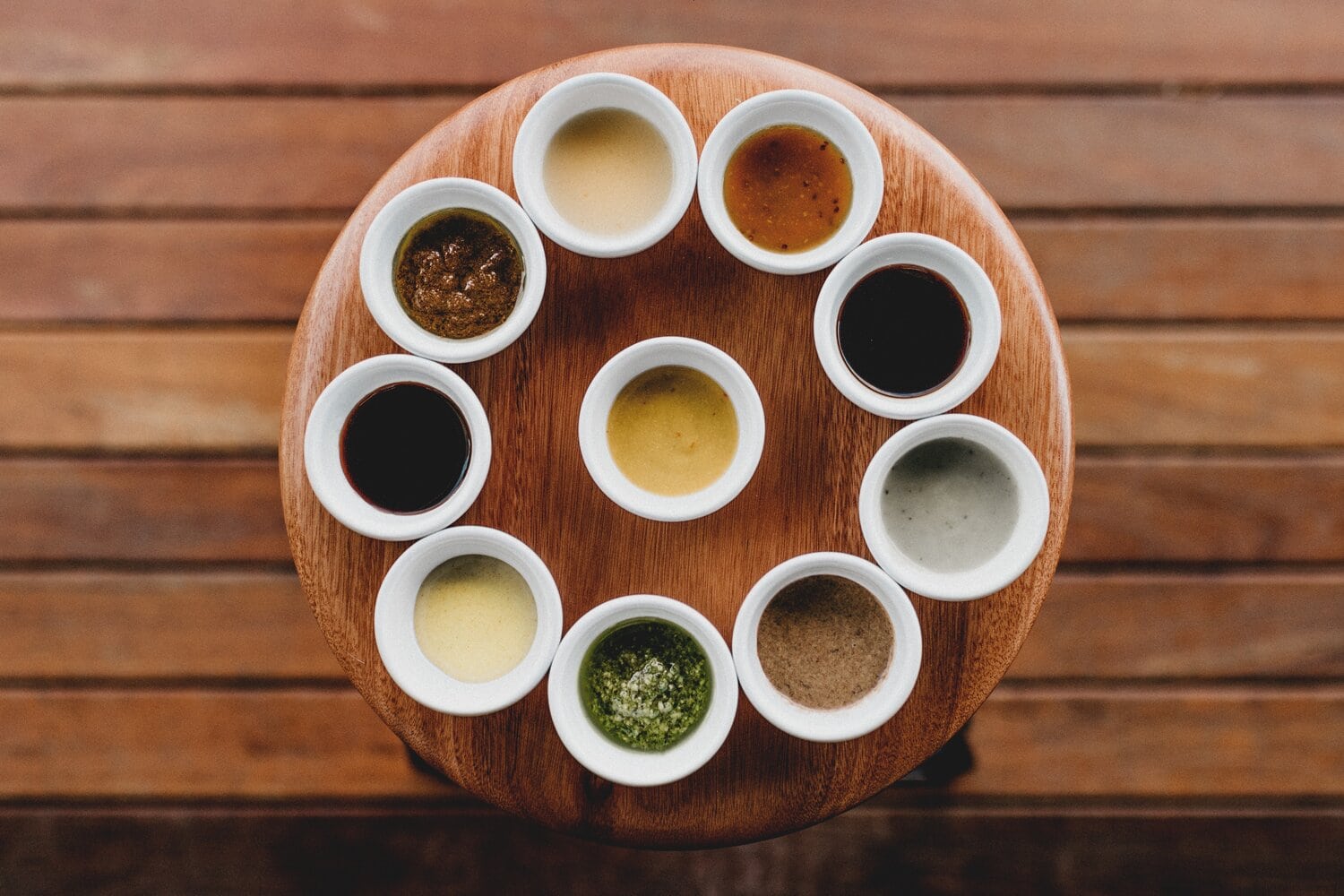
Cellulose: It’s a complex carbohydrate that’s also the basis for plant cell walls (read: totally natural). Because of its ability to bind things to together, it’s used as a binder in many foods. Note: any time you see the word “bind,” you can pretty much also assume it has something to do with fiber, so, cellulose also adds fiber to foods. Lastly, it wicks moisture to help keep foods dry and prevent foods from lumping together. You’ll find it most commonly in something like Parmesan cheese (I have this one in my fridge!).
The verdict: It’s 100% safe to eat. There’s no reason to avoid it.
Citric acid: Citric acid is naturally found in foods like lemons and limes. Because it’s an acid, it also acts as a flavor enhancer and preservative in many foods. Acids help foods from oxidizing, or becoming brown when exposed to oxygen – think about squeezing lemon juice over a sliced apple. There’s some concern about the artificial form of citric acid – when added to a fungus called Aspergillus niger, an artificial form is created. But, even though this sounds a little strange, no studies show any harmful effects from consuming it. You’ll usually find citric acid in jellies, jams and candy. I have this one in my fridge currently too in a jar of grape jelly.
The verdict: It’s just an acid. The artificial form might sound scary, but isn’t. You can feel totally okay eating foods with this in it.
Erythritol: Like most other things that end with -ol, erythritol is a sugar alcohol. It has a sweeter taste than sugar and, because it leaves the body too quickly to metabolize, it also has zero calories. A lot of packaged foods use it when they want to create a low sugar and low calorie, but sweet tasting food. You’ll find this in bars like Quest Bars, drinks like Vitamin Water Zero, and a lot of sugar-free gums. While erythritol has been deemed safe (it actually occurs naturally in small amounts in foods like sweet potatoes and mushrooms), I’m personally not a huge fan. Too much erythritol, or any sugar alcohol, can seriously upset your stomach because it’s not absorbed and ferments in our intestines. But, because it is safe, it boils down to personal preference.
The verdict: If you like the taste and it doesn’t upset your stomach, enjoy erythritol in moderation. No matter what, be wary of bars or packaged foods that have 10 grams of more of erythritol per serving. A few pieces of sugar-free gum won’t do much, but too much erythritol at a time could really upset your stomach.
Guar gum: Guar gum is made from a guar bean and is used for binding, thickening and stabilizing. You’ll most often find it in foods like yogurts, salad dressings and sauces. Guar gum helps create the desired texture in sauces and dressings and helps them last longer on your shelf. Because it’s made of soluble fiber (remember: anything that helps to bind is usually a source of fiber), it’s actually often used for treating constipation. The FDA has classified guar gum as GRAS (Generally Recognized as Safe) and, many foods are given a limit as to how much guar gum a they can contain, so that you don’t gettoo much fiber.
The verdict: Totally safe. Although its name might sound unfamiliar, there’s nothing concerning about it.
Hydrogenated oils: There are 2 types of hydrogenated oils: fully hydrogenated and partially hydrogenated oils. Partially hydrogenated oils are a trans fat. Trans fats are man-made; they’re made by adding hydrogen to liquid saturated fats to make them solid. Usually, trans fats are added to foods in order to make them more shelf stable. In general, they are not healthy. They can raise cholesterol and aren’t healthy for the heart. Because of this, in 2018, the FDA actually banned food companies from adding trans fat – like partially hydrogenated oils – to food products.
Fully hydrogenated oils, on the other hand, do not contain trans fat (but do contain unhealthy saturated fats), so they were not limited in foods. My take: unless you’re eating fully hydrogenated oils by the gallon (you probably aren’t), there’s nothing to worry about in small amounts. Most times that it’s present in food, it’s in a very small quantity – nothing that will have any significant impact on your health. In fact, my daily peanut butter has fully hydrogenated oils in it and I wouldn’t think twice about.
The verdict: You’ll be hard pressed to find foods with partially hydrogenated oils in them. When it comes to fully hydrogenated oils, don’t go overboard and eat an entire diet made of them; but, they’re pretty harmless in small amounts.
Palmitate: Another vitamin turned unnecessarily scary – palmitate is technically retinyl palmitate: a form of vitamin A. It’s found naturally in animal products like eggs, chicken and beef. It’s most often added to dairy foods, like milk. Vitamin A in its retinyl form is more bioavailable than other forms of vitamin A, meaning it can be more easily used by the body. The reason for adding palmitate to milk is actually pretty straight forward: because vitamin A is a fat soluble vitamin, when fat is removed from low fat milks, a lot of the vitamin A is removed too. So, vitamin A palmitate is added to replace the vitamin content lost, since it’s an important nutrient. While it’s easy to think “can’t we just get vitamin A from another food?,” it’s also important to remember that not everyone has such easy access to fresh produce and food, which is why many everyday foods are fortified (aka added) with necessary vitamins.
The verdict: There is absolutely nothing unsafe or worrisome about palmitate. If you happen to see it in food, there’s no need to think twice about it.
Stevia: I actually wasn’t going to include this one, because sweeteners can be a blog post of their own, but so many people asked about stevia that I figured it was an important one. Stevia is a zero-calorie sweetener that’s about 300x sweeter than sugar. It’s considered more “natural” than others because it’s made from a plant. Many forms of stevia available for purchase (Truvia, Stevia in the Raw) are actually blends of stevia with sugar alcohols (see erythritol above). Like most artificial sweeteners, a lot of studies have been done on the safety of stevia. In general, most have found no harmful consequences with moderate amounts. It has been deemed safe in moderate amounts by the World Health Organization, FDA and The Center for Science of Public Interest. Like erythritol, you’ll find stevia in foods that are sweet but claim a low sugar content. Unlike erythritol, s
tevia is typically the sweetener of choice in more health-conscious brands, like Lily’s Chocolate and Smart Sweets gummies.
The verdict: Stevia is completely safe to consume in moderation. It comes down to personal preference: while I wouldn’t recommend putting it in every.single.thing you eat, if you like the taste, choose small quantities to enjoy it in.
Sunflower lecithin: Sunflower lecithin is made from sunflower seeds. In general, lecithin acts as an emulsifier and helps prevent foods from separating. It’s found naturally in egg yolks. Sunflower lecithin, specifically, is being used more and more because of requirements to declare allergens in food (sunflower seeds and oil are common allergy-friendly foods). You’ll see sunflower lecithin in foods like dressings, chocolate, ice cream and even baked goods. I checked my fridge, and this one is in my almond milk that I drink nearly every single day. It’s completely safe to consume. And, it’s actually also available as a supplement for its potential benefits on our cholesterol.
The verdict: Sunflower lecithin is totally safe. While it sounds weird, don’t worry if you see it in any of the foods you buy.
Tocopherol: You already know tocopherol because it’s my favorite example. Tocopherol is a form of vitamin E, an antioxidant. It occurs naturally in foods like wheat germ, oils and almonds. Both natural and synthetic forms of tocopherol are added to foods that contain oils, because its antioxidant properties helps keep the food shelf stable and prevents it from going rancid. You’ll usually find it in foods like vegetable oils, nuts and nut butters. In both its natural and synthetic forms, tocopherol is 100% safe to consume.
The verdict: Don’t think twice about this one – tocopherol is vitamin E, an antioxidant, and is completely safe in food.
Xanthan gum: Like guar gum, xanthan gum helps to stabilize, thicken and bind food. You’ll find it in foods like salad dressing, fruit juices and syrups. I found this one in a salad dressing and ice cream in my kitchen. Xanthan gum is also really commonly found in gluten-free foods – it helps give them fluffiness that’s usually achieved by gluten (a protein in wheat). Also like guar gum, it contains fiber, and might have beneficial properties of fiber, like lowering cholesterol and helping with constipation. It’s been deemed safe and won’t cause any harm to consume.
The verdict: If you want your salad dressings to last longer and your gluten-free bread to taste good, there’s no reason to avoid xanthan gum. It’s totally safe.
Other vitamin names to know as an FYI*:
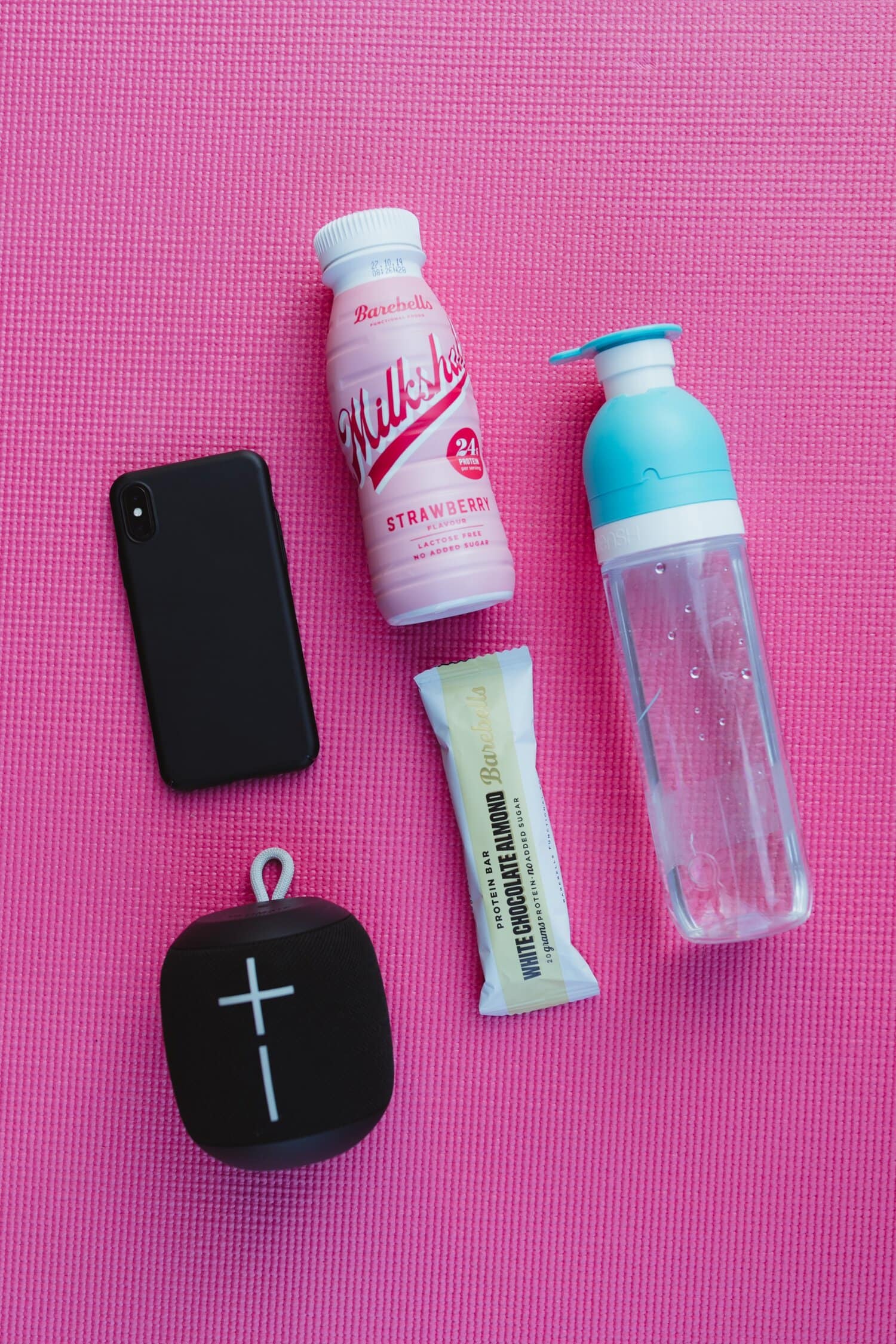
Ascorbic acid = vitamin C
Calciferol, cholecalciferol = vitamin D
Cobalamin = vitamin B12
Folic acid = vitamin B9
Niacin = vitamin B3
Pyridoxine = vitamin B6
Riboflavin = vitamin B2
Thiamin = vitamin B1
*Of course, we don’t want too much of any vitamin added to food unnecessarily. But, in general, unless a food is showing much more than 100% of certain vitamins in its nutrition facts panel, it’s safe to assume that, most of the time, these vitamins are simply added in small amounts to benefit the taste, texture, and shelf life of the food.
I hope you’ll keep these in mind the next time you’re food shopping and label checking. It is totally important to know what you’re eating and to not eat anything that could cause harm, obviously.
But, other on the hand, it’s also important to keep things realistic. Most of us cannot and do not want to have to buy almond milk every 2 days because we bought the brand made of just almonds + milk and it’s already gone bad. If your almond milk has a little tocopherol (AKA vitamin E aka an antioxidant) to preserve freshness, is it really a huge deal? I think we have bigger battles to pick.
Ready to learn more about how to create and choose healthy foods? Check out All Foods Fit, my membership program with 12 lessons designed to teach you how to eat healthy in easy, simple and quick ways.


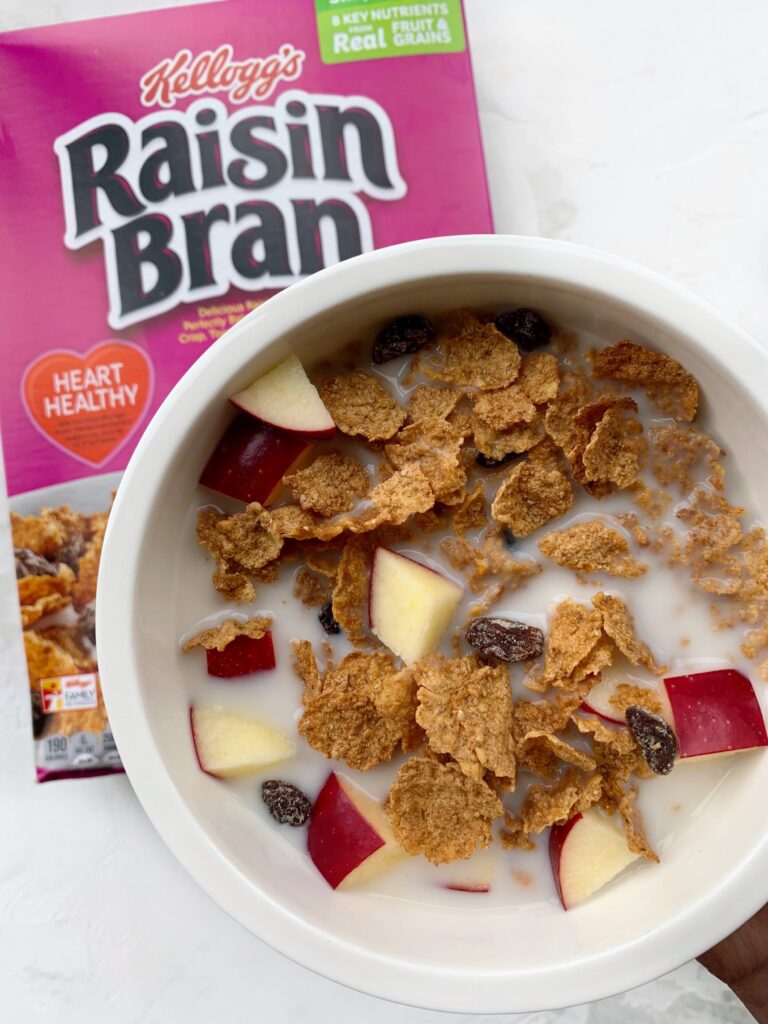
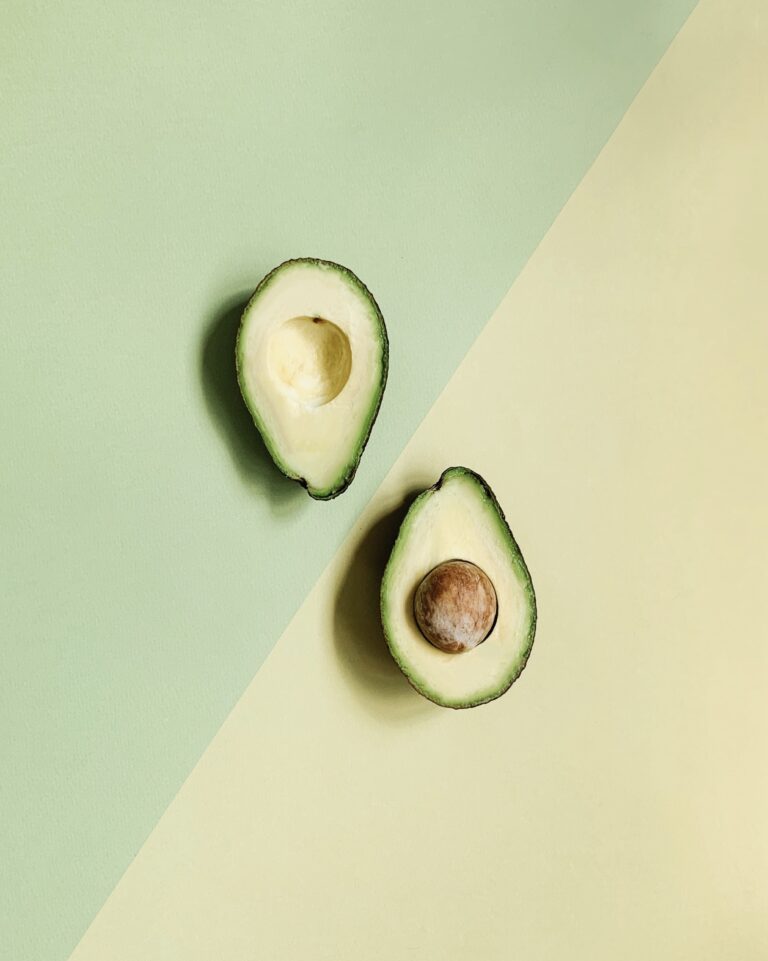


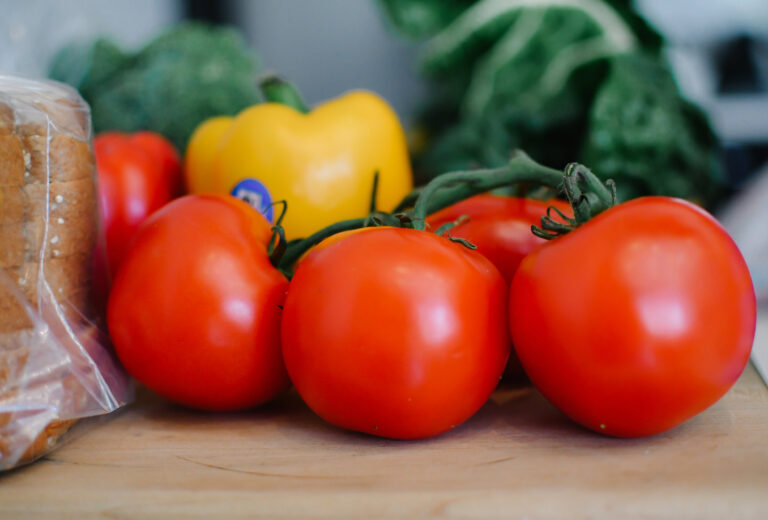

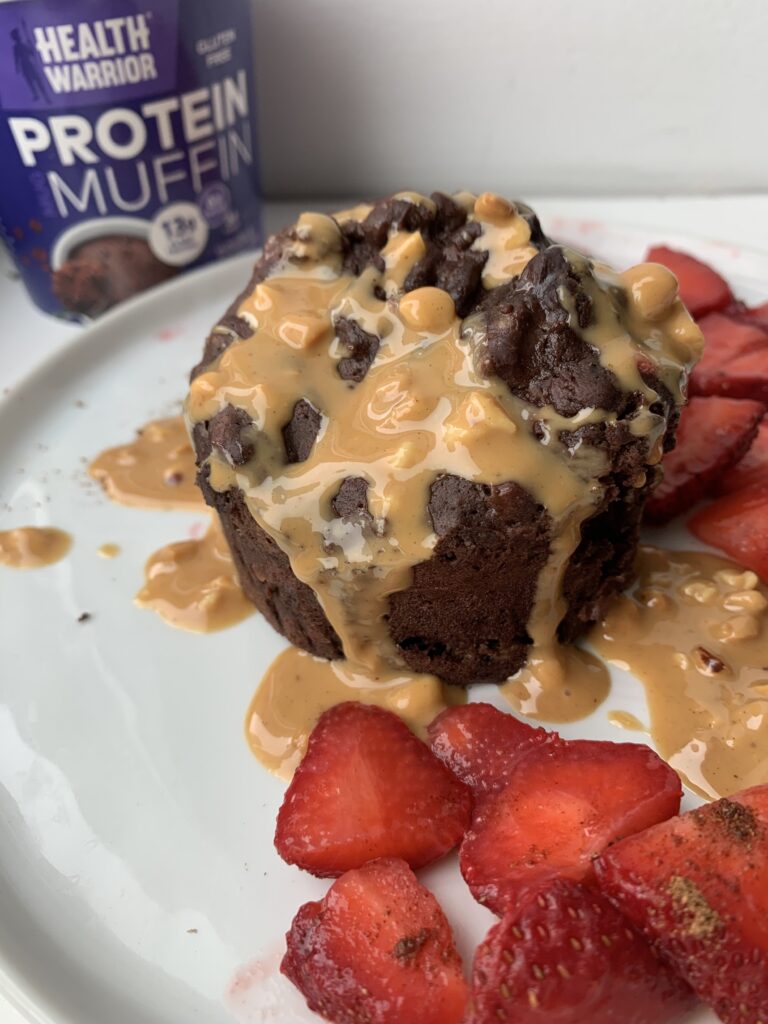
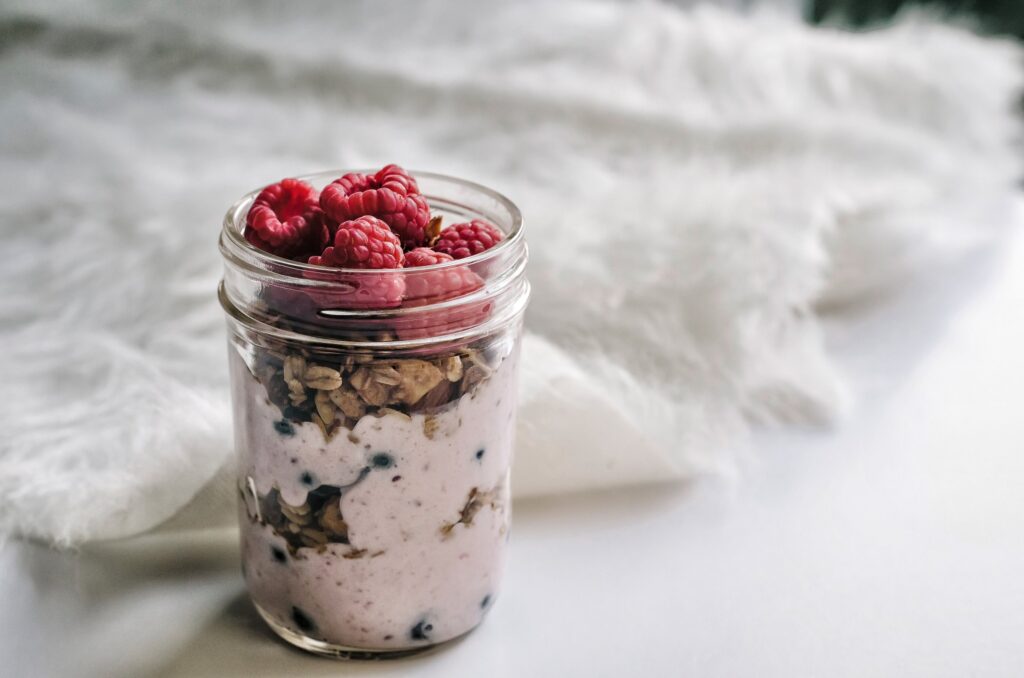
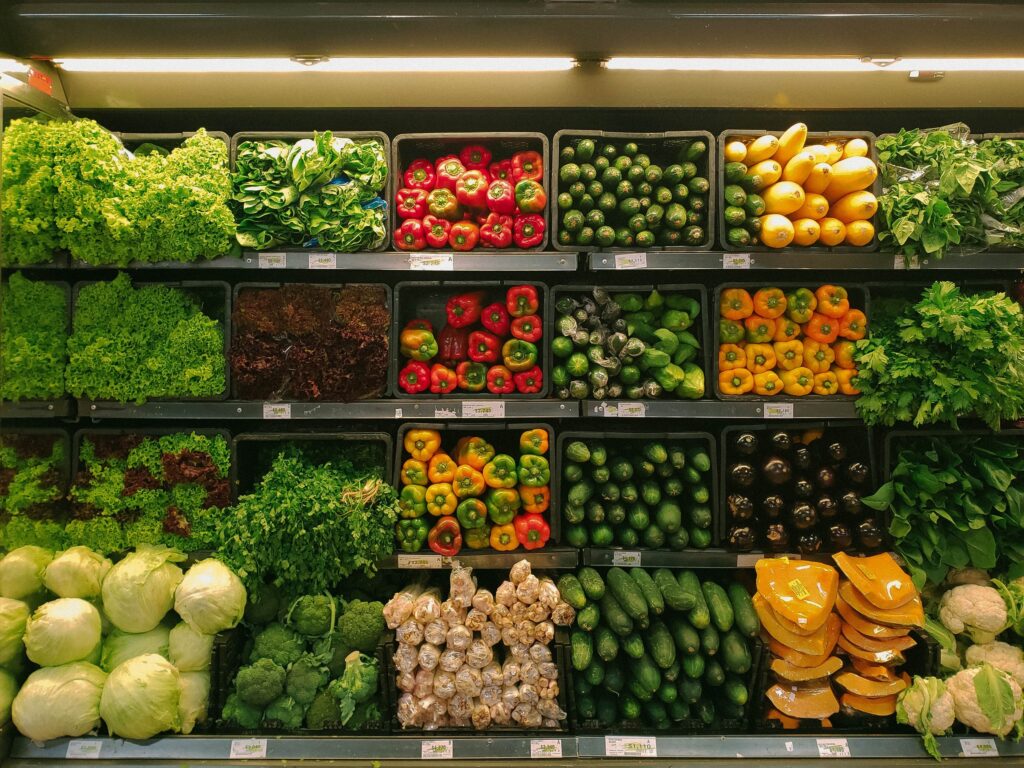
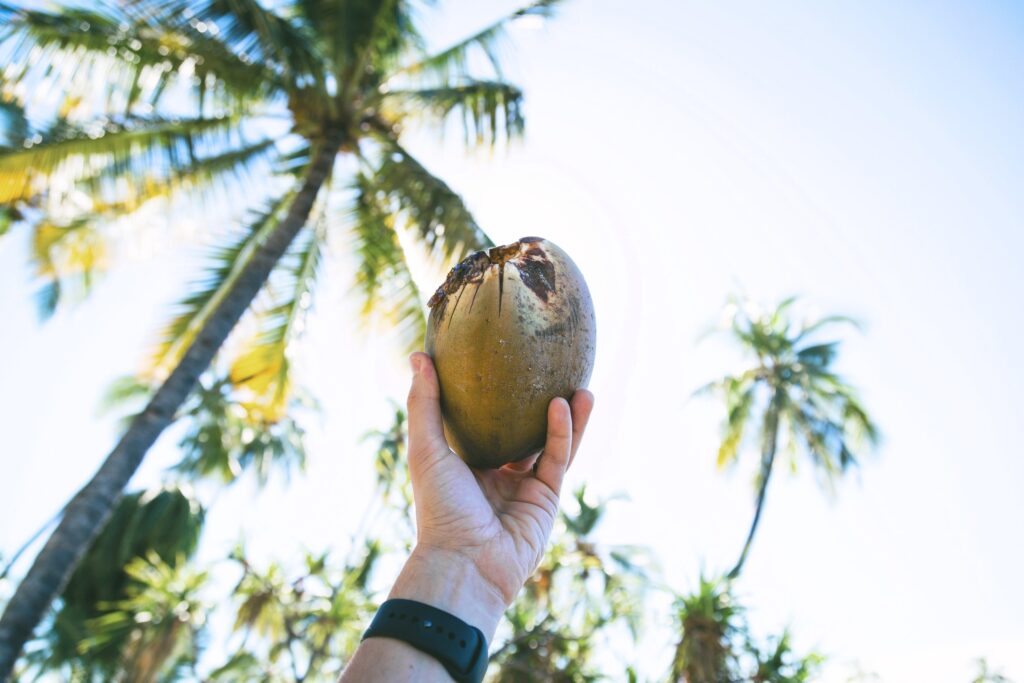

Lion’s mane mushroom is definitely filled with nutrients! I highly recommend this product: https://www.naturesrise.com/products/lions-mane-organic-mushroom-powder for anyone looking to improve their health! The powder is easy to add to any food or drink, and the benefits are numerous!